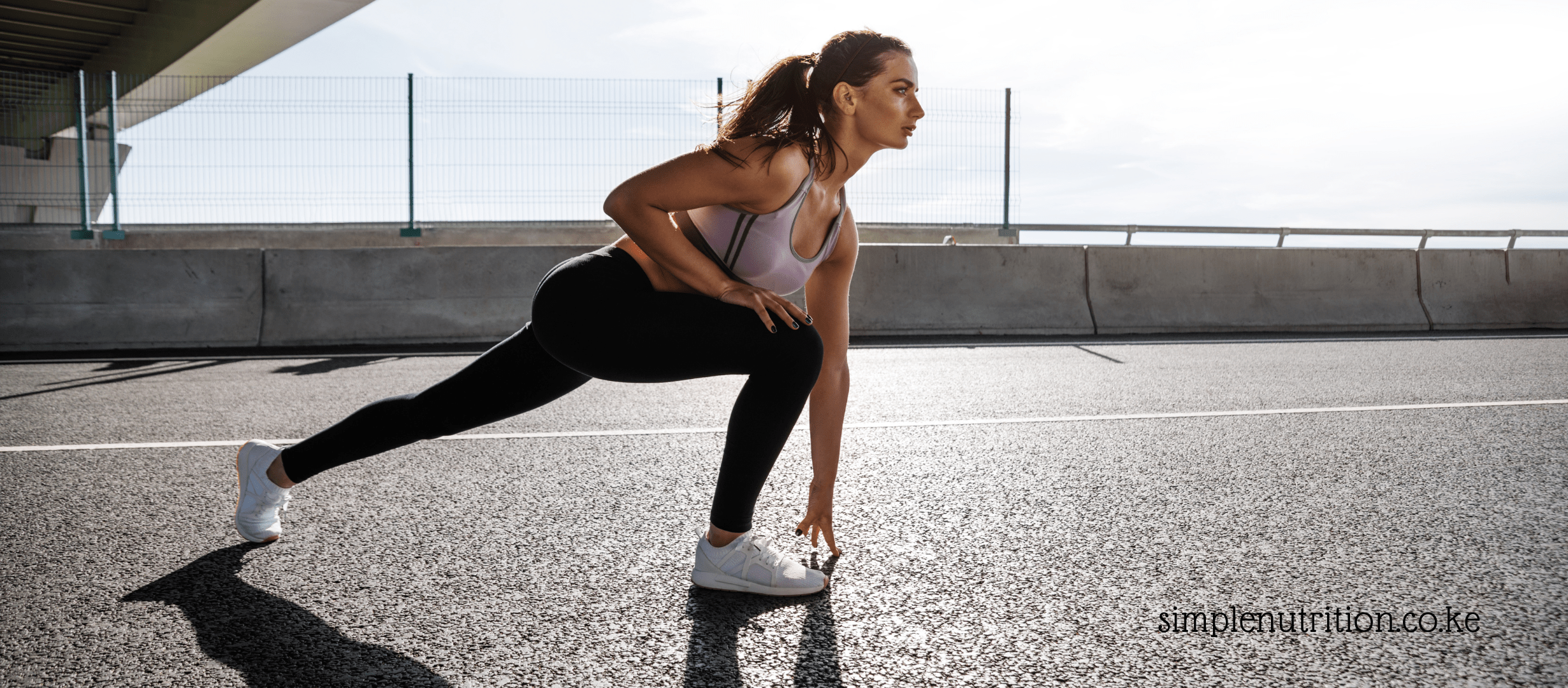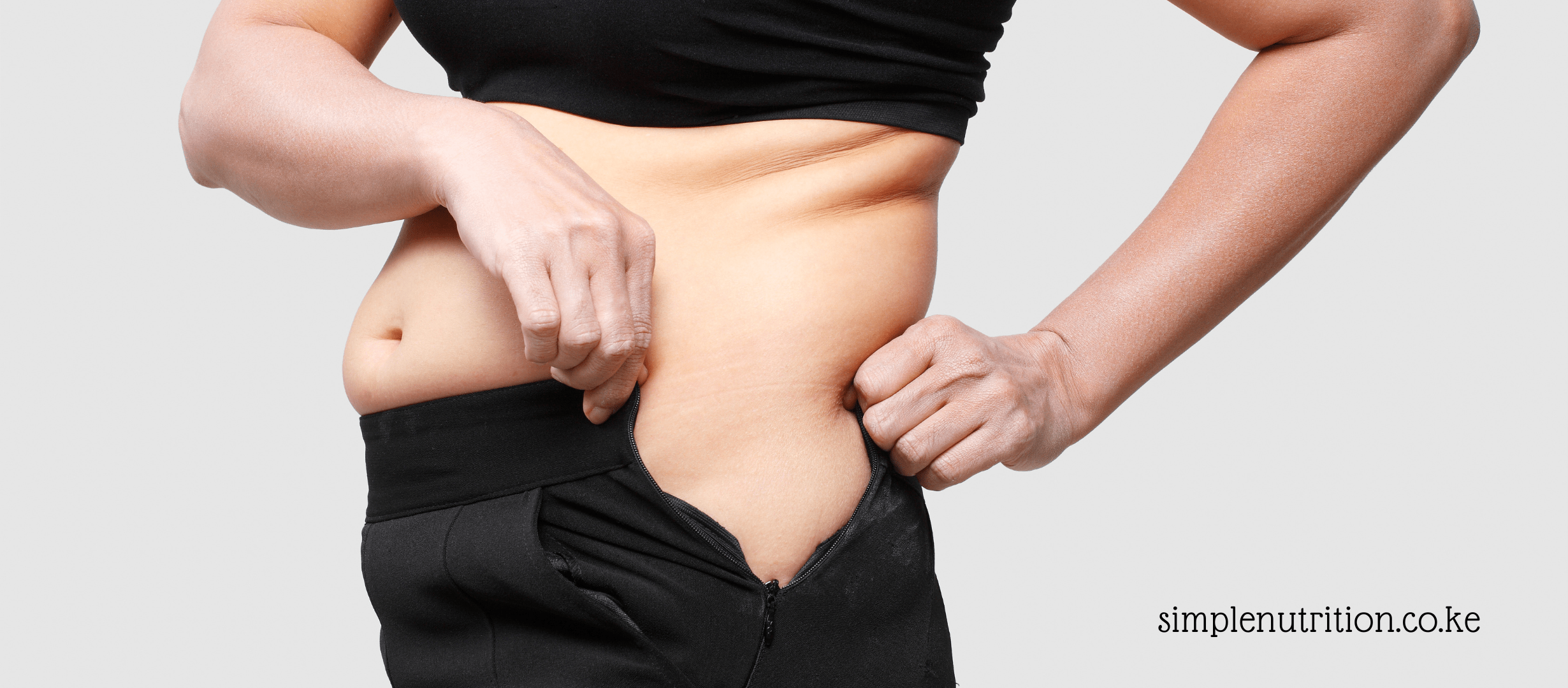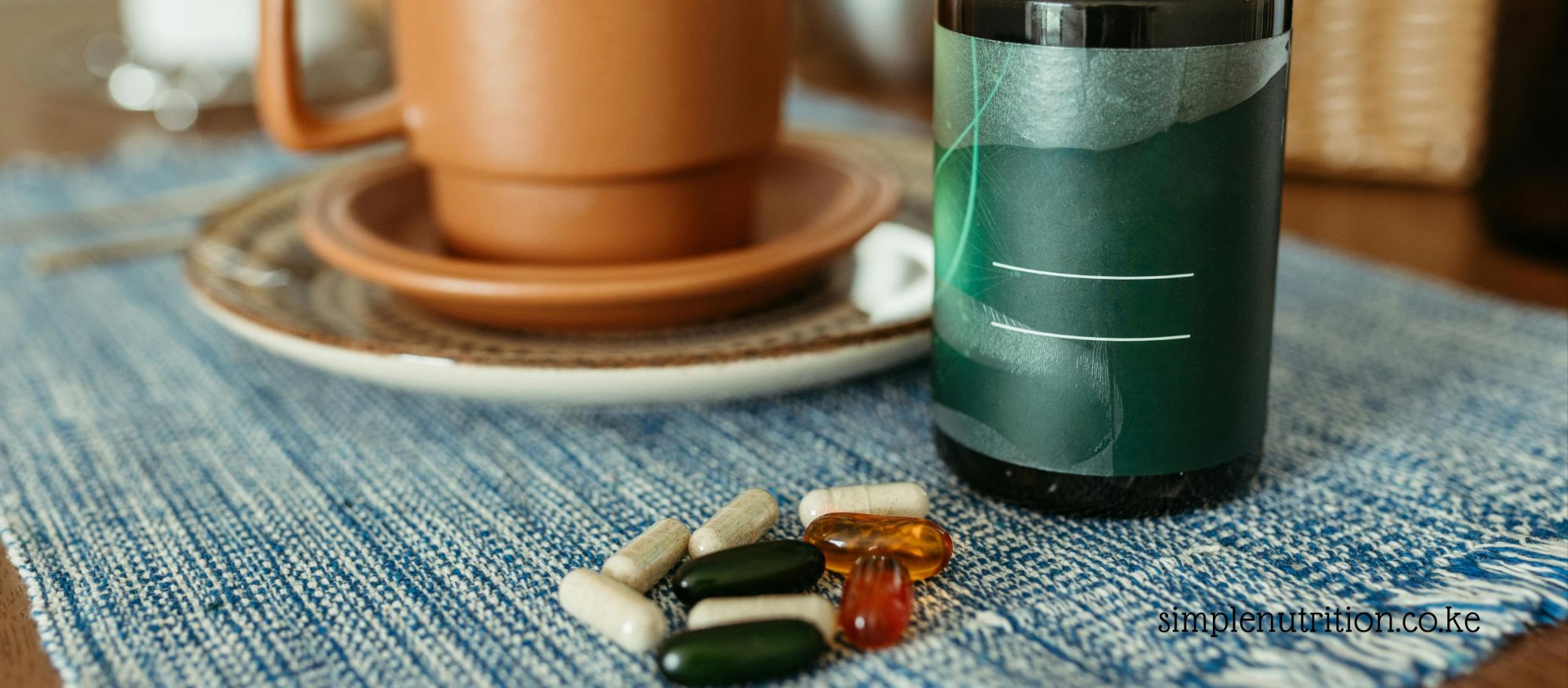When your child has eczema, you should not just be treating the skin but also support their entire system. While creams and medications can help soothe the surface, what your child eats can influence what’s happening underneath.
This post will help you:
Understand how food affects eczema
Learn what to feed and what to avoid
What is Eczema?
Eczema (atopic dermatitis) is a skin condition that causes:
1. Itching
2. Dryness
3. Red or scaly patches
4. Possible cracking or weeping skin
Most cases begin in childhood, and some kids grow out of it but in the meantime, symptoms can be uncomfortable or even painful.
Think of eczema like a fire in the skin.
You can cool it down from the outside with creams, but if the food your child eats adds “fuel” to that fire, it can keep flaring up. That’s why diet matters.
Can Food Really Affect Eczema?
Not all children have food-triggered eczema—but some do, especially if they also have allergies, asthma, or a family history of skin problems.
Foods can affect eczema in two main ways:
1. Trigger foods may cause allergic reactions or immune responses.
2. Healing foods help reduce inflammation and support skin repair.
Eczema-Friendly Foods (With Examples)
Let’s break down some of the best foods you can include in your child’s diet:
1. Fatty Fish – Rich in Omega-3
Why? Omega-3s are natural anti-inflammatories. They help reduce redness and support the skin barrier.
Kid-friendly meal: Mash a soft piece of grilled fish into rice with peas or serve as fish cakes.
2. Colorful Fruits & Veggies
Why? Bright fruits and vegetables are packed with antioxidants and vitamins that help repair skin cells and protect against flare-ups.
Kid-friendly meal: Carrot and sweet potato mash, or a berry smoothie with banana.
3. Whole Grains & Plant Proteins
Why? These are less processed and don’t spike inflammation like refined grains or sugar do.
Examples: Brown rice, oats, millet, lentils
Kid-friendly meal: Oat porridge for breakfast, lentil stew for lunch or dinner.
4. Probiotic-Rich Foods
Why? Eczema is linked to gut health. A strong gut can calm the immune system and reduce reactions that cause skin flare-ups.
Examples: Yogurt (if dairy isn’t a trigger), fermented porridge (like uji), banana
Kid-friendly meal: Banana slices with probiotic yogurt or a fermented millet porridge.
Foods That Might Worsen Eczema
Not all kids will react the same, but some common food triggers include:
Dairy (milk, cheese)
Eggs
Wheat and gluten
Soy
Peanuts and tree nuts
Sugar and highly processed snacks
How to know if a food is a trigger?
Start a food-and-symptom diary. Note what your child eats and when flare-ups happen. If you suspect a trigger, try removing it for 2–4 weeks and see if there’s a change.
An elimination diet is when you remove possible trigger foods and reintroduce them one at a time to check for reactions.
One-Day Meal Plan
Breakfast Oatmeal with banana slices
Snack Apple wedges with sunflower seed butter
Lunch Lentil and veggie stew with brown rice
Snack Plain yogurt with blueberries (if dairy is OK)
Dinner Grilled fish with mashed sweet potatoes and broccoli
Mom Tips
Be patient: Changes in diet may take 2–6 weeks to show skin improvements.
Keep it simple: Stick to whole foods and avoid overly processed or sugary snacks.
Hydration matters: Water supports healthy skin too!
Use natural oils: Coconut or sunflower oil can soothe the skin when applied topically.
Food won’t “cure” eczema, but it can be your secret weapon in calming your child’s skin from the inside out. Every child is different, so listen to their body and trust your instincts as a mom.
Discover more from Simple Nutrition
Subscribe to get the latest posts sent to your email.






